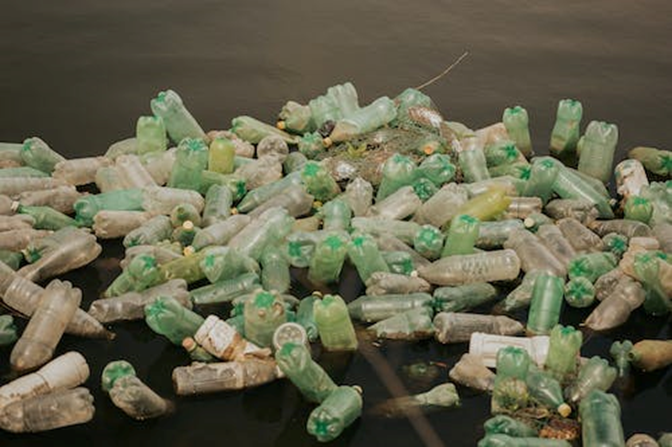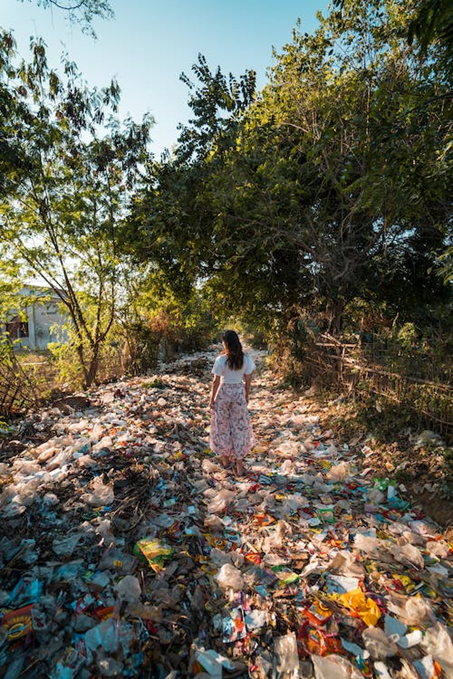A study recently published in the Proceedings of the National Academy of Sciences found approximately 240,000 plastic fragments in one liter of bottled water.

Source: Dylann Hendricks Pexels.com
The vast majority, ~90%, were nanoparticles smaller than 1 micrometer in size. The remaining 10% were microplastics ranging in size from 1 micrometer to 5 millimeters.Microplastics have been detected in the lungs, blood, feces, and placenta of humans. However, nanoparticles may be more toxic as the smaller particles may get into the body more efficiently and be readily incorporated into cells and tissues where the body may not recognize them as harmful.
The plastics may be entering the water via the plastic bottle itself or from the plastic filters used in processing.
Over 440 million tons of plastics are produced yearly, with ~80% discarded in landfills or the environment.
The International Bottled Water Association suggested a review of the technology used to detect the plastics and stated that there is “no scientific consensus on the potential health impacts of nano- and microplastic particles… and that media reports about these particles in drinking water do nothing more than unnecessarily scare consumers."
CLICK LINKS BELOW to learn more about Plastics, health consequences, etc.
The Connection between Industrial Chemicals & Diabetes
Can Tiny Microbes Solve the Plastic Problem?
Thyroid Biomarkers: Thyroid Binding Globulin (TBG)

Source: Stijn Dijkstra Pexels.com
Mason, Sherri A et al. “Synthetic Polymer Contamination in Bottled Water.” Frontiers in chemistry vol. 6 407. 11 Sep. 2018, doi:10.3389/fchem.2018.00407
NPR. Researchers find a massive number of plastic particles in bottled water. J. Doubek. January 10, 2024.
Qian, Naixin et al. “Rapid single-particle chemical imaging of nanoplastics by SRS microscopy.” Proceedings of the National Academy of Sciences of the United States of America vol. 121,3 (2024): e2300582121. doi:10.1073/pnas.2300582121